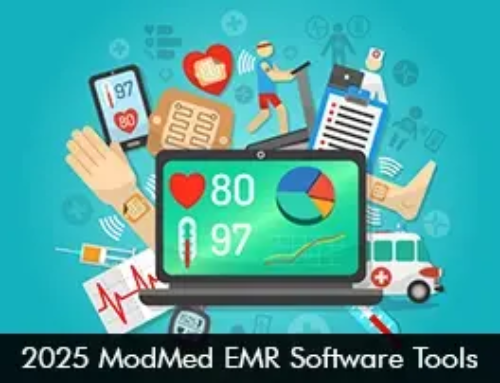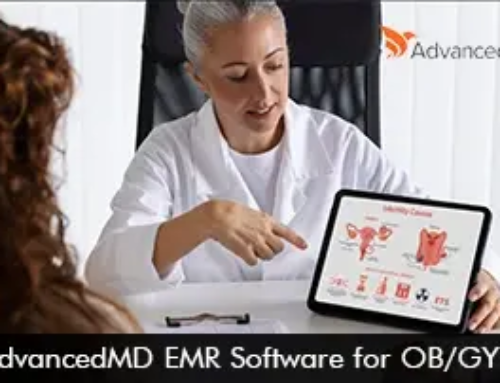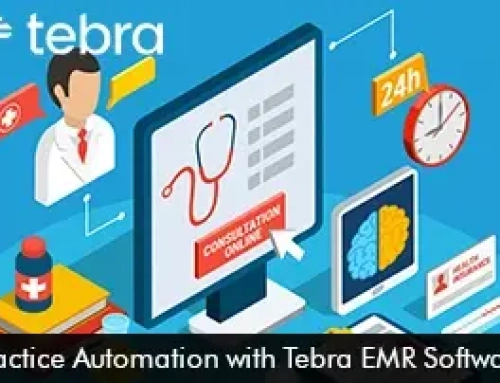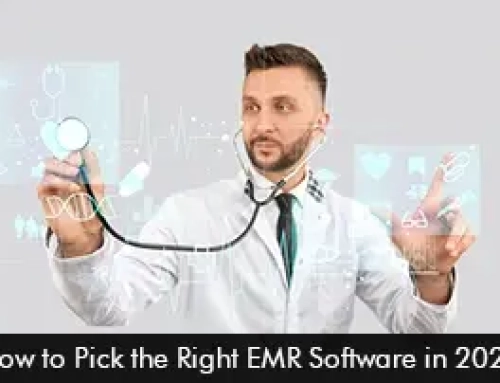Revenue Cycle Management (RCM) Software is the most crucial foundation of the financial structure of any medical practice. An RCM Software tracks each billable activity i.e. journey of a patient to and from the medical practice.
Even highly efficient and good reputed practices often scramble to sustain because they are under a ton of workload especially towards the end of the year. Because of which financials are overlooked. Opting for the best Cloud-Based RCM software would resolve this issue. Revenue Cycle Management (RCM) software understands the unique and complex needs of your practice and helps by automating the verification of insurance eligibility at the point of appointment scheduling, creation of claims submissions, and the collection and notice of patient payments, etc. Healthcare practices opt for RCM Software to get more focused on the treatment itself and provide the patients with a better experience overall.
What are the steps in the medical billing revenue cycle?
Now even with an existing EMR and Practice Management Software, following basic steps will help your practice with deployment and getting Meaningful use of RCM software
Selection of the Right RCM Software:
The selection of the right RCM software is the most crucial step which depends highly on the size and type of practice. For example, a Free or Open Source EMR Software is a viable option if your practice has an in house IT team. Otherwise, either go with the RCM of your current EMR Software or here are some options that offer RCM Software that can integrate with the existing EMR Software:
Pre-Authorization
The U.S. government defines Pre-authorization as “a decision by a health insurer or plan that prescription medication, procedure, service or equipment is medically necessary.” This process helps patients and providers to check about coverage options or possibilities.
Eligibility & Benefits Verification
Verifying the eligibility and benefits for patients can be a grueling task that can be paced and automated through a dedicated RCM software which can verify the entitled benefit.
Claims Submission
Practices often assume while the option for a Cloud-Based Practice Management (PM) Software that it would cover claim submission automatically, which is true to the extent but it will not aid in a resubmission of claim after flagging any errors prior submission to avoid any issues saving your practice from redundant tasks. Examples of such software include:
Payment Posting
Electronic Data Interchange (EDI) the follow up process of the “Claim Submission” step is optimized through automatic billing statements generation and easy “click to pay” option for faster reimbursements.
Denial Management
A workflow jam and reduced revenues when investigated are often because of denied claims. The integrated denial management system in your revenue cycle management software will highlight insurance form errors prior to submission reducing denied claims. By highlight error generation patters it also indicates the major reasons for denial e.g. Payor, Charge Entry, Duplicates, and Bundled/Non-covered (example: Modifiers) as listed by gopractice.kareo.com
Reporting
Yes even for a medical practice a detailed Financial Report highlighting all the financial data and performance indicators is highly important for analyzing the state of your practice and identifying dead weights. A robust RCM Software will automate this procedure without hindering the clinical workflow. Some of the software are:
Key Features of a Revenue Cycle Management (RCM) Software
In order to Select The Right RCM Software the more knowledge you have, the greater the insight you can gain. Some of the keys feature almost all the Revenue Cycle Management (RCM) Software offer include:
Patient Scheduling & Registration – The software should be able to track all the scheduled patient appointments and record initial overreach.
Verification & Validation of Insurance Data – Verify the eligibility of the patients by gathering their insurance information.
Clinical Documentation of Visit – Record the type and experience of a patient visit along with all the activities that took place during the whole visit.
Accounts Receivable Management – Keep a regular record of the accounts receivable of the medical practice and generate constant reminders for payment.
Processing of Medical Payments – Generate, accept, and process medical payments via online billing. It can accept payments from debit/credit cards and other electronic payment methods in a completely safe and secure way.
Claims Management – Create and regularly maintain a database showing all the past as well as current claims. Generate and send payment bills and keep this database of claims updated.
Compliance with ICD-10 – Keep the medical practice compliant with ICD-10 by managing the cataloging implications
Cloud-based Servers – Provide an online web/cloud-based server for making the backup and security stronger and create a more affordable software package for the healthcare providers.
Top 10 Revenue Cycle Management (RCM) Software by EMRFinder
EMRFinder has compiled a list of the 10 best and top-rated Revenue Cycle Management software in 2020. The list is solely based on customer reviews and ratings and is as follows:








